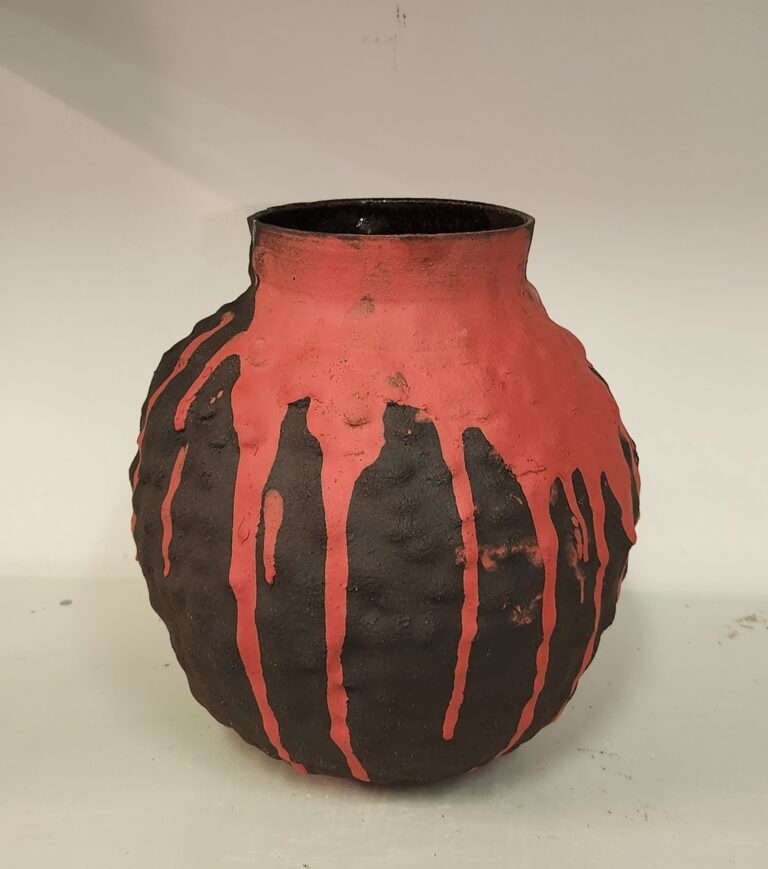The Bible Lands Museum in Jerusalem, which hosted evacuees following the October 7 attack, has unveiled its first exhibition since the start of the war, appropriately titled “Splinter from the Storm.”
Splinter from the Storm combines contemporary art with ancient artifacts from the museum’s permanent collection, juxtaposing the two and offering a unique perspective on the historical and aesthetic connections of past and present.
Evacuees in place of artifacts
Established in 1992, the Bible Lands Museum offers exhibitions, educational programs, cultural events, tours and lectures that tell the story of ancient Egypt, Babylon, Canaan, Assyria, Sumer, Persia, Greece and Rome.

In the wake of the October 7 attacks, the museum removed its ancient artifacts for safekeeping and made space for displaced families, offering creative workshops with local artists and musicians. The space also served as a temporary school for special-needs children.
Artists from the Sam Spiegel Studios volunteered to run the art workshops for evacuees. As a result, some of the works from the Splinter from the Storm exhibition were first displayed at the Sam Spiegel Artists’ Studios in Jerusalem as part of the Manofim Contemporary Art Festival in December.
Art after October 7
Bible Lands Museum Executive Director Risa Levitt came up with the idea for the exhibition after helping artists safeguard their work at the peak of the war.
“I saw the artists’ works on display at their studios and thought it would be interesting to house these pieces in our empty gallery space — in place of those valuable antiquities, many of which came from challenging periods in our ancient history,” she said.

The exhibition, curated by Noa Arad Yairi, features more than 40 works of sculpture, ceramics, photography, painting and new media, created by more than 20 artists.
Some of the works were submitted following October 7 and reflect the trauma the nation is going through.
“We asked the artists to contribute pieces that connected to the turmoil and chaotic atmosphere both before and during the war,” said Yairi.
Among those pieces are Ariane Littman’s Sacred Flag; Yael Boverman Attas’ Face of the Earth; and Noa Arad Yairi’s When Home Doesn’t Feel Safe Anymore.

“So many of the pieces reflect a sense of urgency; after each piece is finished, it’s on to the next one,” said Yairi, referring to the fact that artists mostly opted for quick-drying materials, such as watercolor, acrylic and paper.
Art helping tourism
Tourism Ministry North American Commissioner Eyal Carlin praised the opening of the exhibition.
“Art and art therapy are known to provide amazing healing aspects to people suffering from loss and trauma. I have heard from countless artists that they feel compelled to use art as a productive outlet for their grief. It’s no surprise that cultural institutions are creating good out of the tragedy,” he said.

“It is completely understandable that tourism to Israel has slowed during the months since the October 7 attacks, but these cultural attractions — and the significant number of visitors who are coming to Israel to volunteer, visit family and friends, and show support — is extremely heartwarming and meaningful to the people of Israel.”
The Splinter from the Storm exhibition will run until April 30. Click here for more information.
















